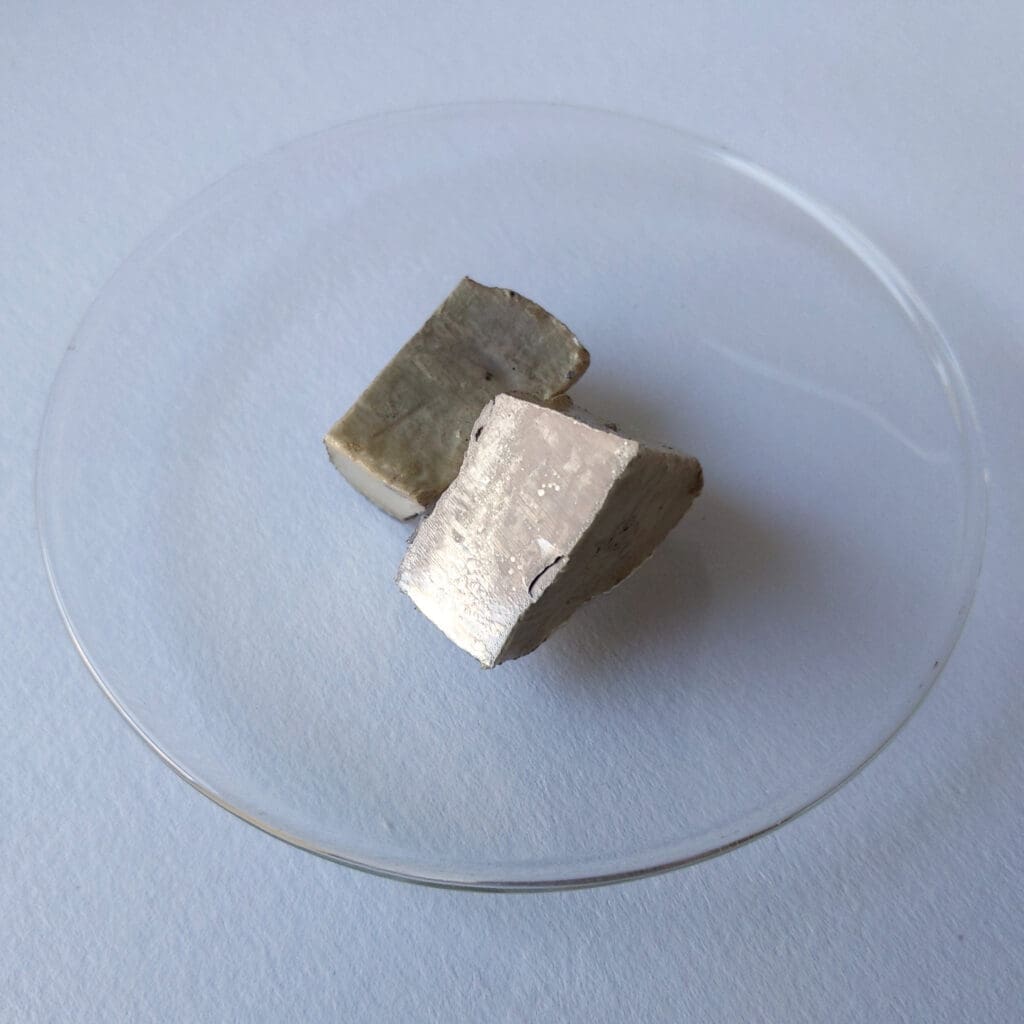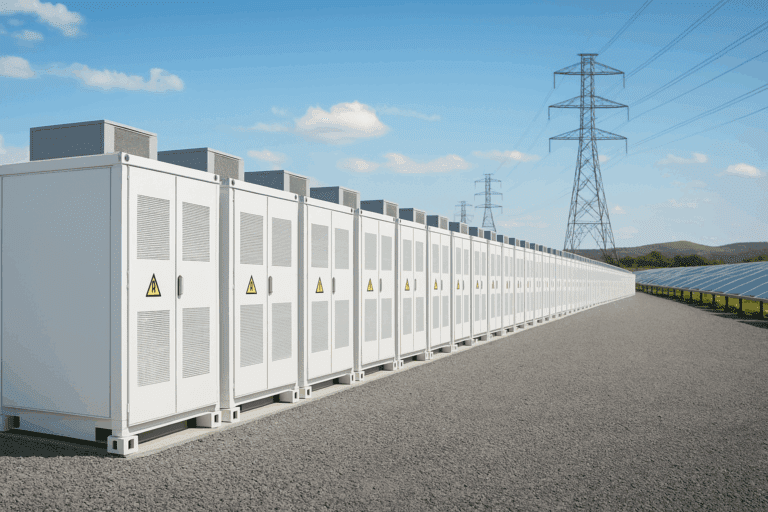The world is facing a profound transformation: the energy transition and the electrification of transportation require new, sustainable energy storage solutions. While lithium-ion batteries are the current dominant technology, they have several drawbacks: they are expensive, contain critical raw materials, and are not as powerful as needed.
Battery Technology
As a result, researchers around the world are working on alternative battery technologies. One of the most promising is the sodium-ion battery. It is based on the element sodium, which is integral part of everyday salt. It is abundant and available at competitive prices. Sodium-ion batteries have a similar energy density to lithium-ion batteries, but they are more robust and faster to charge.

Cheap and abundant
Being the sixth most abundant element in the Earth’s crust, sodium is significantly more available than lithium. Thus, it is relatively inexpensive, making it a more cost-effective material for batteries.[1][2][3]
Robustness
Sodium-ion batteries are less susceptible to damage from heat and cold than lithium-ion batteries. This makes them a more durable option for applications in extreme environments, such as electric vehicles or grid storage systems.[3]
Slower Movement of Sodium Ions
Sodium ions are larger than lithium ions, and this size difference has a significant impact on their mobility within the battery. Lithium ions are able to move more quickly through the battery’s electrolyte, which allows them to shuttle electrons back and forth between the electrodes more efficiently. This faster electron transfer leads to faster charging and discharging times.

While the slower movement of sodium ions may seem like a disadvantage, it actually has a positive impact on charging speed. When lithium ions are rapidly cycled in and out of the electrodes, they sometimes get stuck in the porous structures of the electrodes, forming deposits called dendrites. These dendrites can grow and eventually pierce the separator, causing short circuits and battery failure. Sodium ions, on the other hand, are less likely to form dendrites due to their larger size. This reduced risk of dendrite formation allows for faster charging without compromising battery safety.[2][4]
Researchers achieved an energy density of up to 165Wh/kg for sodium-ion batteries[5], which is within the typical energy density range of 150-260Wh/kg of lithium ion batteries, unleashing their potential to cover low to mid-range electric vehicle use cases.
Balancing Mobility and Stability
The challenge for sodium-ion battery researchers is to strike a balance between the slower mobility of sodium ions and the associated safety benefits. By optimizing the electrode materials and electrolyte compositions, scientists are working to enhance the mobility of sodium ions without sacrificing their stability and safety characteristics.[6]
Sources:
[1] https://www.powermotiontech.com/
[2] https://solartechadvisor.com/
[3] https://www.machinedesign.com/
[4] https://www.onecharge.biz/
[5] https://techxplore.com/news/2024-01-high-energy-sodium-ion-battery.html
[6] https://en.wikipedia.org/wiki/Sodium-ion_battery








